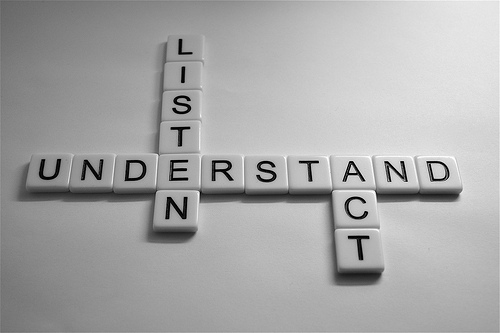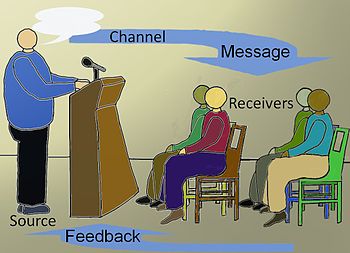I enjoy my material possessions as much as the next person, but sometimes I wonder about the long-range results of our current epidemic of overindulgence. The other day I was shopping for a single item. A wrong turn down the kitchen tools aisle brought me face-to-face with nine different types of manual can opener.
Nine.
I am not as domestically challenged as this is going to sound: I didn’t know that it was possible to make nine distinctly different non-motorized hand-held can openers.
What does this have to do with parenting? Quite a bit, I think. You know me… I spend a lot of time thinking about the things we take for granted and the possible related “messages.”
Going back to the nine can openers for a moment, here are a few things the kitchen aisle display might be “saying” to us:
- I don’t have to be uncomfortable, at all, ever. If the can opener isn’t a perfect fit my hand, I should just buy another one.
- Everything in my kitchen is “supposed to” match. My silver-colored can opener still works… but the red one would “look better.”
- Everything’s disposable. Don’t expect your can opener to last a long time. When (not ‘if’) it breaks just get another. (NOTE: Maybe this is OK for can kitchen tools but what happens when that attitude spills over into our friendships. Are we losing our ability to “repair?”)
- It’s not important to be organized. If I can’t find what I need, I can always go get another….
I grew up with “the three Rs” – reduce, reuse, recycle. My mother and my grandmother were both fond of the expression “Use it up, wear it out… make it do or do without.”
Our current behavior seems to teach our kids about endless abundance available through the miracle of cheap mass production. And that because something is available, we need it. And we need a lot of stuff.
What’s the real cost? We don’t seem to connect our buying habits to the fact that landfills grow and consumer debt continues to rise. The line between wants and needs has been seriously blurred. How does your family talk about that?




